Is Curtis Stone Cookware Safe? The Truth About Non-Toxic Kitchen Essentials
As someone who has journeyed through the maze of non-toxic living, I know firsthand how daunting it can be to navigate the kitchen’s hidden hazards. Our cookware, often overlooked, plays a crucial role in our health. Curtis Stone, a chef I admire for his dedication to quality, offers cookware that many of us have come to rely on. But is it truly safe? In this article, I’ll share what I’ve discovered about the materials and coatings used in Curtis Stone cookware, drawing from expert opinions and testing results. Together, we’ll explore how to ensure our kitchens remain safe havens for our families and the planet.
Exploring the Safety of Curtis Stone Cookware
Curtis Stone cookware is a popular choice for those seeking non-toxic kitchenware. With a focus on safety and durability, it promises a cooking experience free from harmful chemicals. Below, we explore the materials used and the truth behind its non-stick coating, ensuring you can make informed decisions for your kitchen.
Materials Used in Curtis Stone Cookware
Curtis Stone cookware is celebrated for its exceptional non-stick properties and impressive durability. At its heart lies the Quantanium non-stick coating, a multi-layer system enhanced with titanium particles. This design not only boosts the cookware’s hardness but also its longevity, making it a dependable companion for daily cooking adventures. Marketed as non-toxic, Curtis Stone cookware proudly excludes harmful chemicals like PFOA, lead, and cadmium. This commitment to safety offers peace of mind, especially for those of us who prioritize non-toxic options in our kitchens.
The Truth about Quantanium Non-Stick Coating
Quantanium non-stick coating is renowned for its resistance to wear and its superior non-stick performance. Designed without PFOA—a chemical associated with serious health risks like cancer and liver damage—this coating incorporates titanium particles to enhance durability and effectiveness. Choosing cookware with Quantanium coating means you can enjoy a safe, long-lasting non-stick surface that makes cooking both easy and worry-free.
Does Curtis Stone Cookware Contain PFOA, Lead, or Cadmium?
Safety is a top priority in the crafting of Curtis Stone cookware, ensuring it is free from PFOA, a chemical phased out due to health concerns. Additionally, the cookware does not contain lead or cadmium, substances often linked to toxicity in cookware. To maximize safety, it’s wise to check product labels to confirm the absence of these harmful elements. By doing so, you can confidently choose Curtis Stone cookware as a non-toxic option for your kitchen, supporting both your health and the environment.
Understanding Cookware Toxicity
Cookware safety is a concern for many of us who prioritize health, especially when it comes to the chemicals lurking in our kitchen essentials. This section delves into the common harmful substances found in cookware and the specific dangers associated with PFOA and PTFE. By understanding these risks, you can make informed choices to keep your kitchen safe and non-toxic.
Common Harmful Chemicals in Cookware
Choosing cookware without harmful chemicals is crucial for a healthy kitchen. Some of the most notorious culprits include PFAS, PTFE, PFOA, lead, and cadmium. These substances have been linked to serious health issues, like cancer and developmental problems. PFAS, often dubbed “forever chemicals,” are particularly worrisome due to their persistence in the environment and potential to accumulate in our bodies. PTFE, known for its non-stick magic, can pose safety concerns if overheated. PFOA, once a staple in non-stick coatings, has thankfully been phased out due to its health risks. Lead and cadmium, heavy metals sometimes found in cookware, also pose toxicity and contamination risks. Opting for non-toxic cookware that avoids these substances is essential for a safer kitchen.
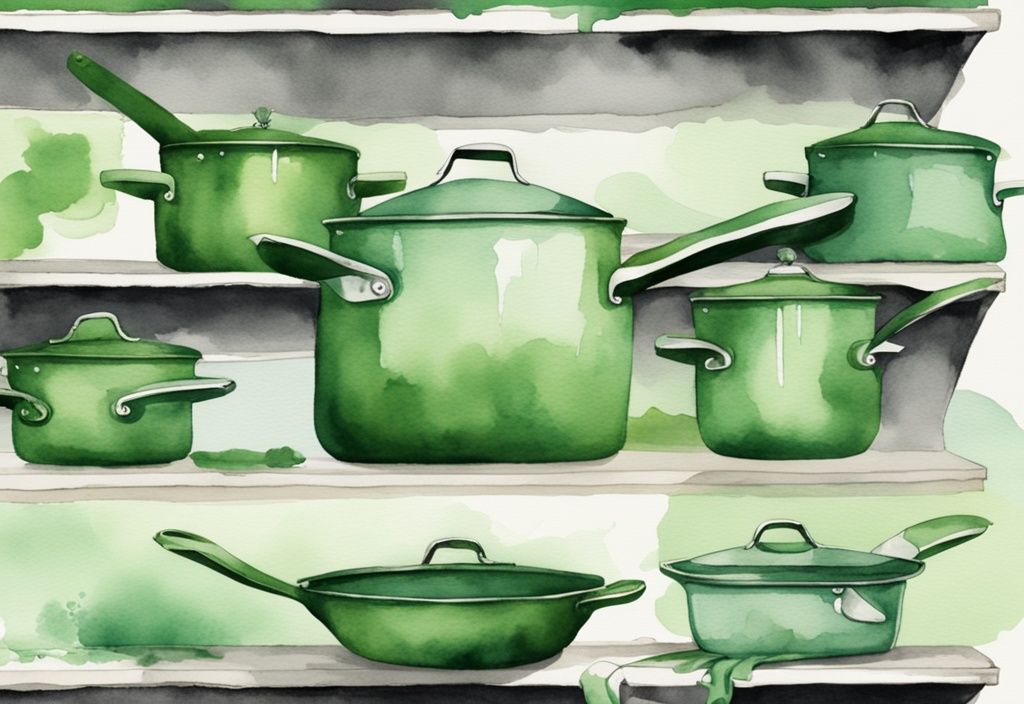
The Dangers of PFOA and PTFE
PFOA, once common in non-stick cookware, was linked to severe health issues, leading to its phase-out in many products, including Curtis Stone cookware. Its absence is a relief for those of us concerned about toxicity. PTFE, while generally safe under normal conditions, can become hazardous at high temperatures. This material, celebrated for its slick surface, can emit harmful gases if overheated, posing risks to both humans and pets. It’s crucial to stick to recommended cooking practices, like using medium to low heat, to prevent the release of toxic fumes from non-stick surfaces. By understanding these dangers, you can make informed decisions and ensure your cookware remains a safe and non-toxic choice.
Ensuring Safe Use of Curtis Stone Cookware
Cooking with Curtis Stone cookware can be a safe and enjoyable experience when you follow a few simple guidelines. Understanding how to use and care for your cookware ensures it remains a reliable, non-toxic option in your kitchen.
Best Practices for Cooking with Curtis Stone Cookware
When I first started using Curtis Stone cookware, I learned that keeping the heat to medium or low is key. This prevents overheating, which could lead to the release of fumes, even though the cookware is designed to be non-toxic. By sticking to moderate temperatures, you not only safeguard your health but also preserve the non-stick surface, making cooking a breeze.
It’s also important to follow the manufacturer’s guidelines. They provide valuable advice on heat settings and the best types of utensils to use. Metal utensils can scratch the non-stick coating, which might compromise its safety. If you’re curious about other health-related topics, you might want to learn why Red Bull is considered bad for health. I always reach for wooden or silicone utensils—they’re gentle on the surface and help extend the life of my cookware.
How to Maintain and Clean Curtis Stone Cookware
Maintaining the non-toxic nature of your Curtis Stone cookware is all about gentle care. I avoid harsh cleaning materials or chemicals that could damage the non-stick surface. Instead, I use soft sponges and mild detergents. This simple routine keeps the Quantanium coating intact, ensuring it remains effective and safe for cooking.
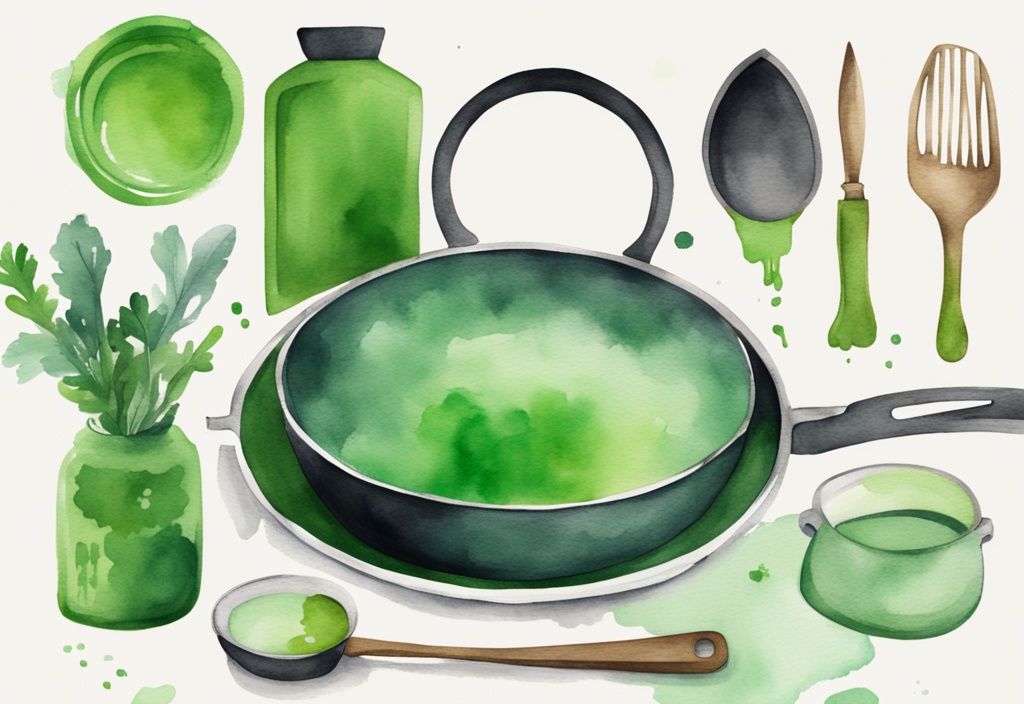
Regular maintenance is a small effort that pays off in the long run. It not only extends the lifespan of the cookware but also guarantees its safety. By following these cleaning practices, you can enjoy cooking with peace of mind, knowing that your cookware remains a non-toxic choice for your kitchen.
Third-Party Testing and Curtis Stone Cookware
Third-party testing is vital in ensuring that cookware is safe and free from harmful chemicals. By involving independent organizations, manufacturers can assure consumers that their products meet health standards. This process helps maintain trust and confirms that cookware, like Curtis Stone’s, is safe for everyday use.
The Role of Third-Party Testing in Cookware Safety
Third-party testing is a cornerstone for verifying cookware safety. It provides an unbiased assessment, ensuring that cookware complies with health regulations. This rigorous testing identifies and addresses potential risks from toxic substances. It’s comforting to know that such measures are in place, making our kitchens safer and our cooking experiences more enjoyable.
Curtis Stone Cookware’s Compliance with Health Standards
Curtis Stone cookware is crafted to meet strict regulations, phasing out harmful substances like PFOA. It’s reassuring to know that these products are designed with our health in mind. Checking for compliance with standards like California Prop 65 is a good practice. This regulation ensures products are free from chemicals linked to cancer or reproductive harm. By adhering to these standards, Curtis Stone cookware shows its dedication to offering a safe, toxin-free option for health-conscious cooks. It’s a relief to have cookware that supports both our well-being and peace of mind.
FAQ
What makes cookware toxic?
Cookware can turn toxic when it contains harmful chemicals like PFAS, PTFE, PFOA, lead, or cadmium. These substances might leach into your food, posing serious health risks, including cancer and developmental issues. It’s a bit unsettling, isn’t it? But understanding this helps us make safer choices.
Is Curtis Stone cookware free from harmful chemicals?
Yes, Curtis Stone cookware is designed to be free from PFOA, lead, and cadmium. It uses a Quantanium non-stick coating, which is marketed as non-toxic and safe for everyday cooking. This gives us peace of mind, knowing our meals are prepared in cookware that’s gentle on our health.

How can I ensure my cookware remains non-toxic?
To keep your cookware non-toxic, always follow the manufacturer’s instructions for use and care. Avoid overheating and steer clear of harsh cleaning materials. Regularly inspect your cookware for any wear and tear. This simple vigilance can help maintain its safety and longevity.
What should I do if my non-stick coating starts to wear off?
If you notice the non-stick coating starting to wear off, it’s best to replace the cookware. Damaged coatings can compromise the non-toxic integrity, potentially releasing harmful substances into your food. It’s a small step that can make a big difference in keeping your kitchen safe.
Conclusion
Curtis Stone cookware shines brightly in the culinary realm with its dedication to safety and non-toxicity. Designed with today’s health-conscious cook in mind, this cookware is free from harmful chemicals like PFOA, lead, and cadmium. This means you can cook with peace of mind, knowing your meals are free from toxic substances.
The secret to maintaining the non-toxic nature of Curtis Stone cookware is in its care. By following simple guidelines—such as using medium to low heat and steering clear of metal utensils—you can preserve its non-stick qualities and longevity. Regular maintenance, like gentle cleaning with mild detergents, also helps in extending the cookware’s life and safety.
In essence, Curtis Stone cookware provides a trustworthy and safe choice for anyone seeking non-toxic kitchen solutions. By adopting these best practices, you can enjoy the benefits of high-quality cookware without worrying about toxicity, contributing to a healthier home environment.
Hi, I’m Olivia Green, the voice behind nontoxicways.com. I’m passionate about helping you make the shift to a healthier, non-toxic lifestyle without feeling overwhelmed. I love sharing my personal journey, from small changes to big transformations, along with practical tips that make it all feel doable. My goal is to inspire and guide you toward a lifestyle that benefits both your well-being and the planet. Let’s take this journey together, one simple step at a time!
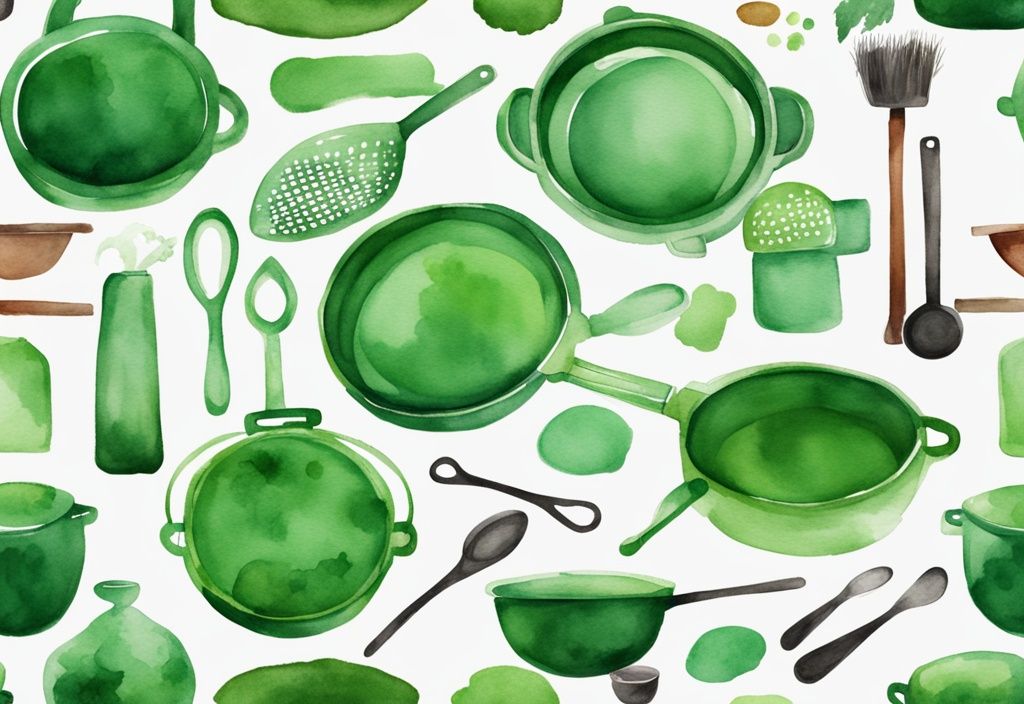

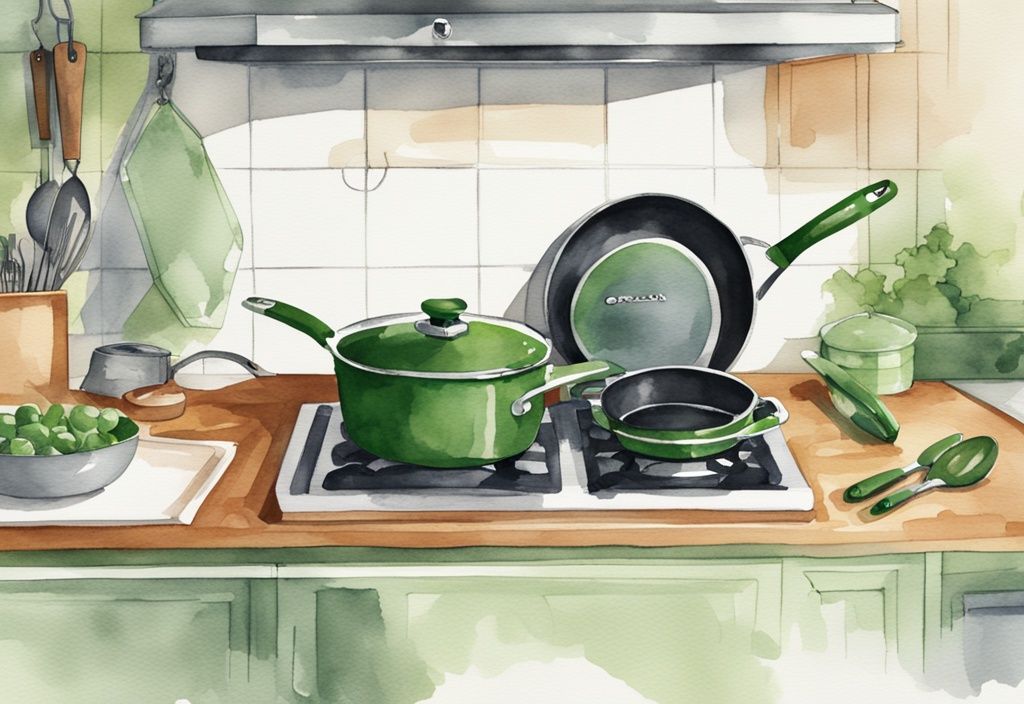
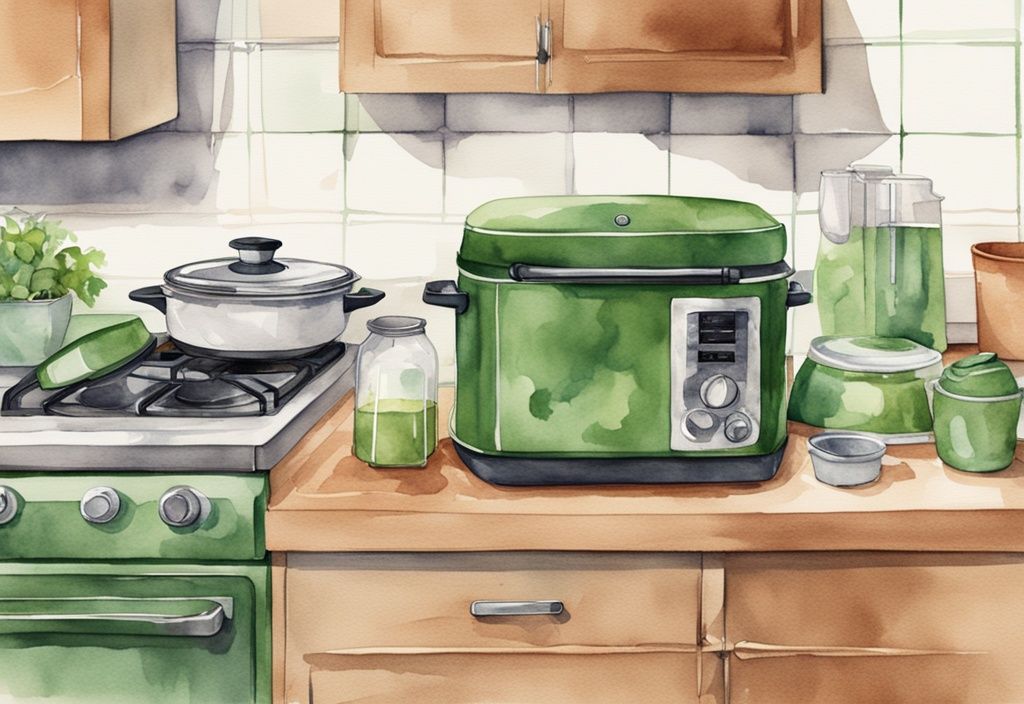
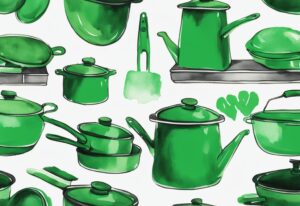
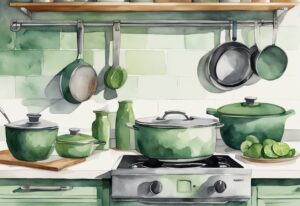

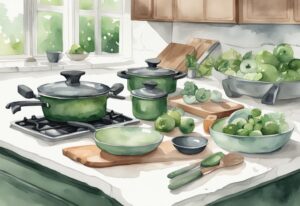
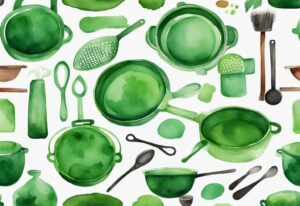
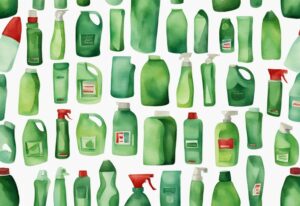


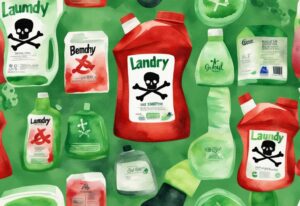
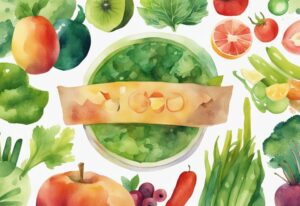
Post Comment